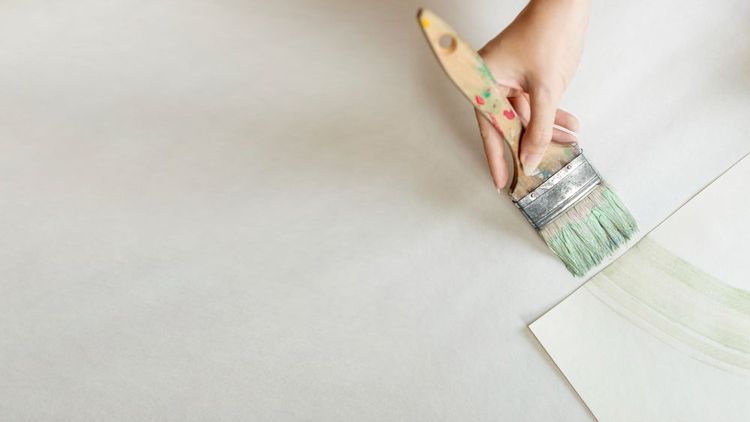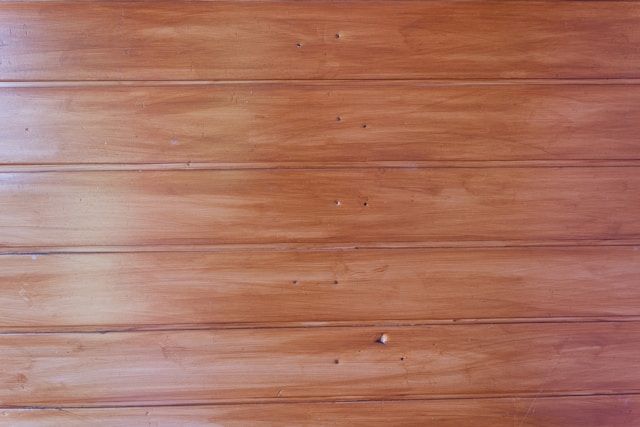Engineered vs Solid Wood Flooring: Which One is Right for Your Home?
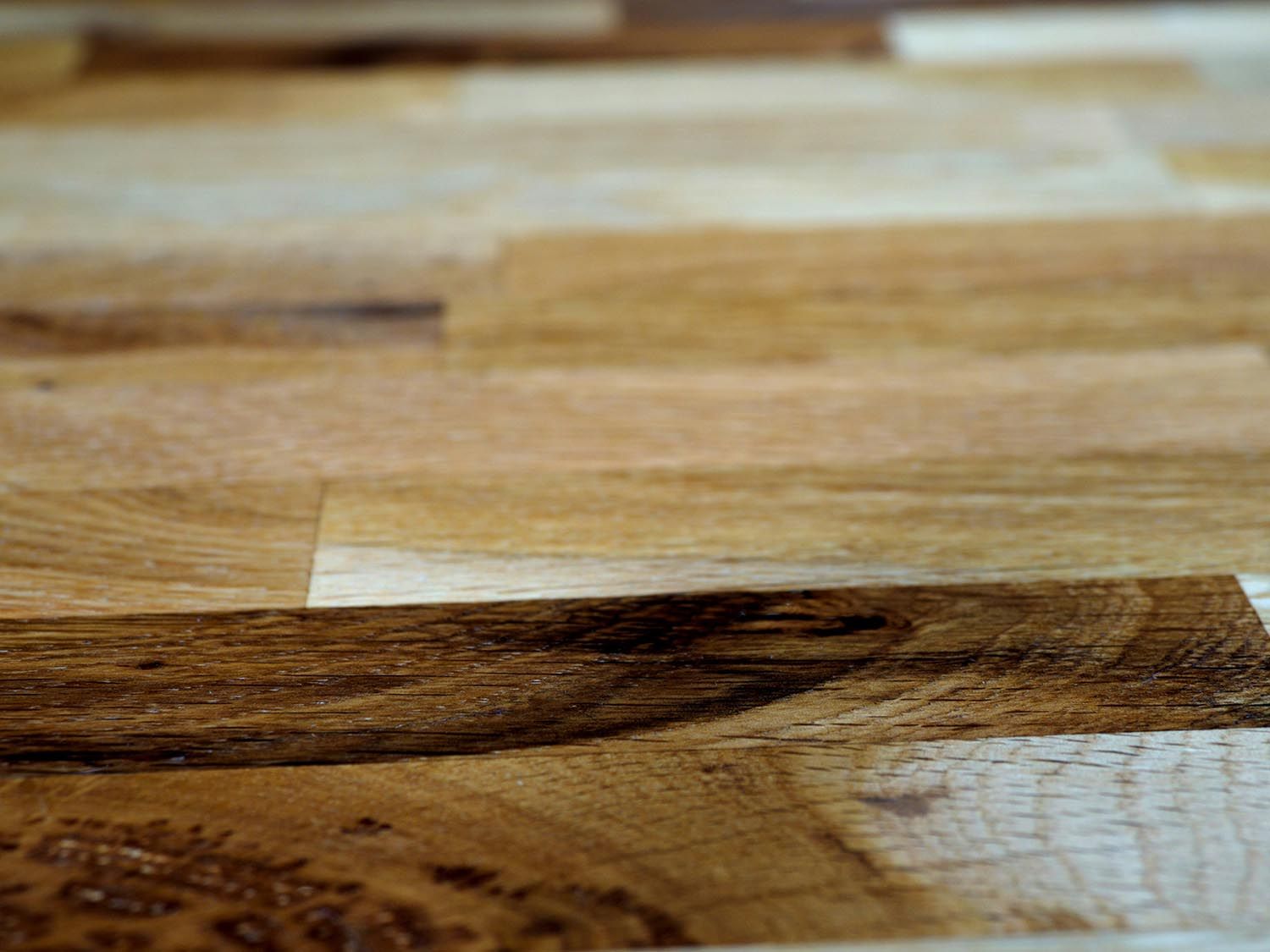
When selecting wood flooring for your home, the choice between engineered and solid wood represents one of the most significant decisions you'll make. These two options differ fundamentally in their construction, performance characteristics, and ideal applications, making it essential to understand their distinct properties before making an investment.
Solid wood flooring consists of planks milled from a single piece of timber, typically ranging from 3/4" to 5/16" in thickness. This traditional flooring option has been used for centuries and is prized for its authenticity and ability to be sanded and refinished multiple times over its lifespan. The grain patterns and color variations in solid wood display the natural beauty of the tree from which it came, with each plank offering unique characteristics.
Engineered wood flooring, a more modern innovation, features a layered construction that combines a real wood veneer with a stable core material. The top layer is genuine hardwood, typically ranging from 0.6mm to 6mm in thickness, while the core consists of multiple plywood layers or high-density fiberboard. This construction provides enhanced dimensional stability, making engineered wood less prone to expansion and contraction due to humidity changes compared to solid wood.
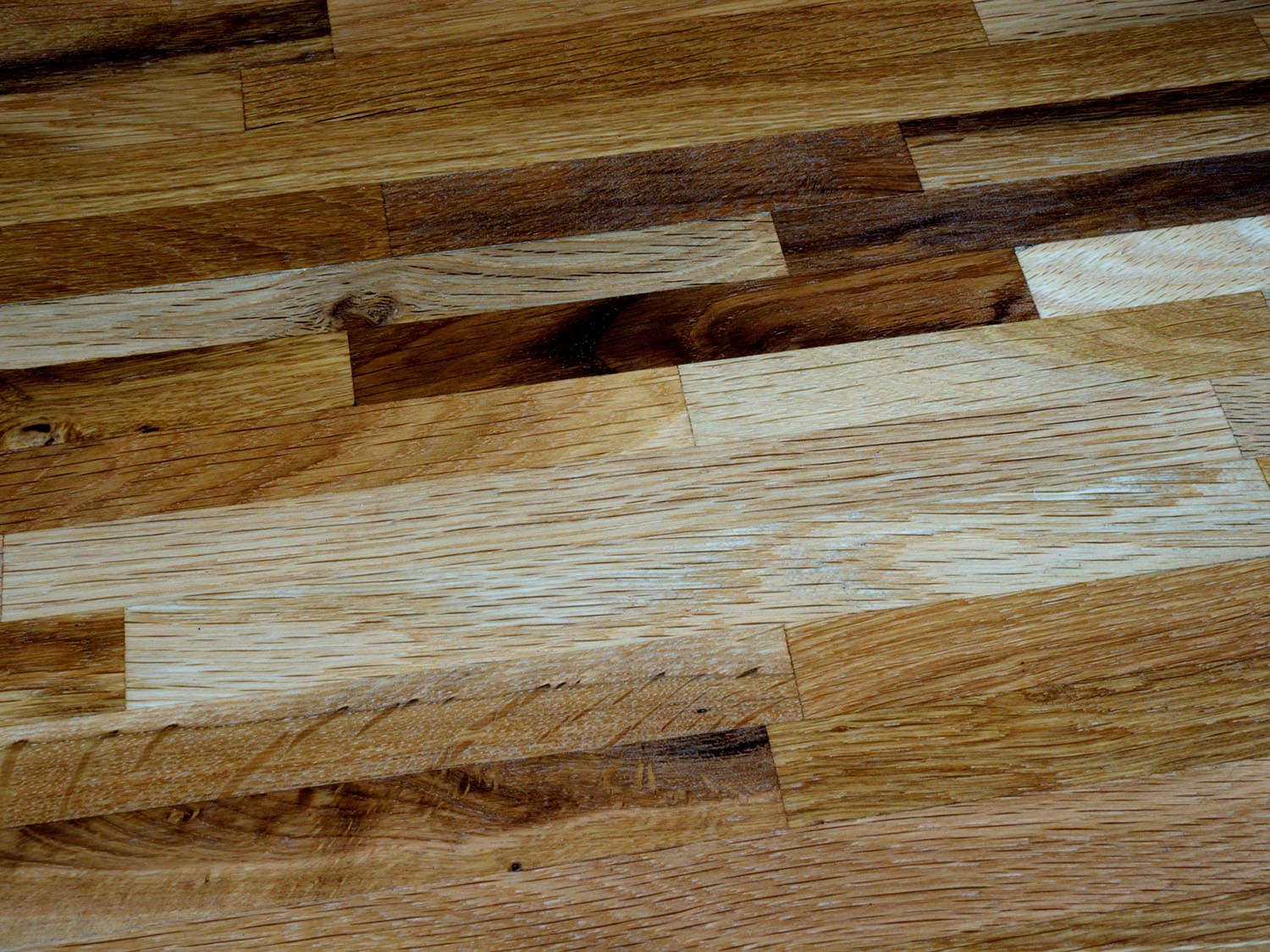
Performance Characteristics Compared
The structural differences between these flooring types lead to distinct performance characteristics that should guide your selection process. Solid wood's uniform composition makes it exceptionally durable in stable environments, but susceptible to dimensional changes when exposed to significant humidity fluctuations. This characteristic makes it less suitable for installation below grade (in basements) or in areas with high moisture levels.
Engineered wood's cross-layered construction provides superior resistance to warping and cupping, allowing for installation in a wider range of environments including basements and over concrete subfloors. The stability of engineered wood also makes it compatible with radiant heating systems, where solid wood might be prone to excessive movement. However, the refinishing potential of engineered wood depends largely on the thickness of its wear layer - thicker veneers can be sanded multiple times, while thinner ones may only withstand one or two refinishing processes.
From an acoustic perspective, engineered wood tends to produce less noise underfoot due to its layered construction, while solid wood may offer a more substantial feel when walked upon. Both options provide excellent insulation properties, though solid wood typically has a slight edge in thermal retention.
Aesthetic Considerations and Design Flexibility
The visual presentation of both flooring types offers distinct advantages depending on your design goals. Solid wood flooring presents the most authentic wood experience, with full-depth grain patterns and the ability to develop a rich patina over time. The option for deep sanding allows solid wood floors to be completely transformed during refinishing, enabling dramatic color changes or stain updates as design preferences evolve.
Engineered wood provides greater design flexibility in several respects. The manufacturing process allows for wider planks than typically available in solid wood, creating a more modern, expansive look. Engineered products also offer more consistent coloring and grain patterns if a uniform appearance is desired. Some engineered wood products feature innovative surface treatments like wire-brushing or hand-scraping that would be cost-prohibitive to achieve with solid wood.
For homeowners seeking exotic wood species, engineered flooring often presents a more affordable and environmentally responsible option. The veneer construction allows rare woods to be used more efficiently, making species like Brazilian cherry or tigerwood accessible at lower price points than their solid wood counterparts.
Installation Methods and Requirements
The installation process differs significantly between these two flooring types, impacting both project timelines and costs. Solid wood flooring typically requires nail-down or staple-down installation over a wood subfloor, limiting its application in many modern homes with concrete slabs. The installation process is more labor-intensive and often requires professional expertise to ensure proper acclimation and secure fastening.
Engineered wood offers considerably more installation flexibility, with options including glue-down, floating, or nail-down methods. This versatility makes engineered wood suitable for nearly any subfloor type, including concrete, plywood, and even existing flooring in some cases. Floating installations with click-lock systems have become particularly popular for DIY projects, as they eliminate the need for adhesives or specialized tools.
Both flooring types require proper acclimation before installation, though engineered wood generally needs less time to adjust to a home's environment. The installation of solid wood often demands more precise humidity control during and after installation to prevent future problems, while engineered wood is more forgiving of environmental fluctuations.
Long-Term Maintenance and Durability
The maintenance requirements and long-term performance of these flooring options present another important consideration. Solid wood's chief advantage lies in its ability to be sanded and refinished numerous times over decades of use, essentially allowing the floor to be "renewed" rather than replaced. This characteristic makes solid wood an excellent choice for historic homes or families planning multi-generational occupancy.
Engineered wood's durability depends largely on the quality of its construction and thickness of the wear layer. High-quality engineered floors with thick veneers can often be refinished several times, approaching the longevity of solid wood. Lower-quality engineered products with thin veneers may only withstand one refinishing or none at all, limiting their lifespan to the durability of the initial finish.
Daily maintenance for both types is similar, requiring regular sweeping and occasional damp mopping with wood-appropriate cleaners. However, solid wood may show wear patterns more prominently over time, developing a distinctive character that many homeowners appreciate. Engineered wood's surface treatments often include advanced protective coatings that can resist scratches and fading better than some solid wood finishes.
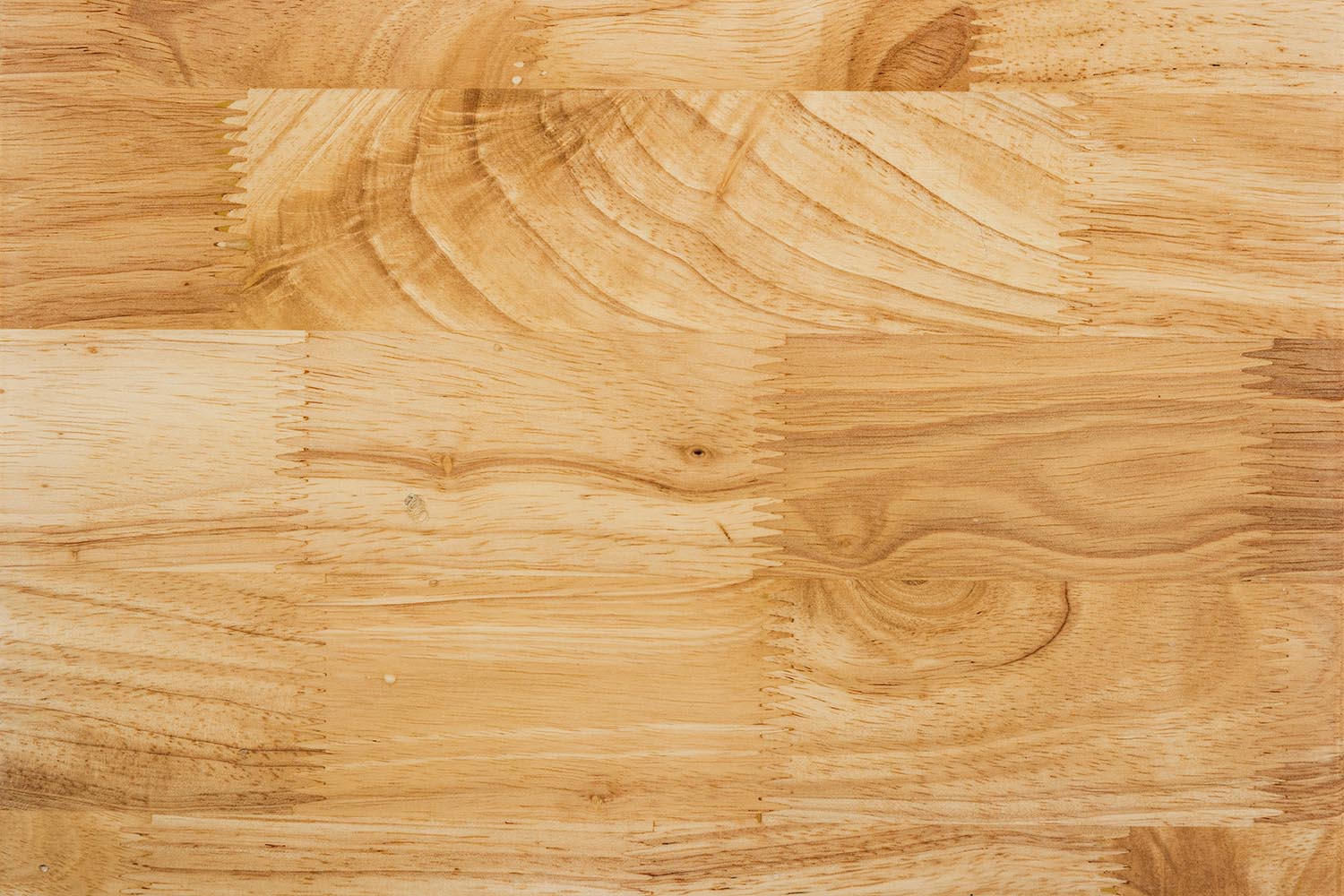
Environmental Impact and Sustainability
The ecological considerations of wood flooring have become increasingly important to modern homeowners. Solid wood flooring, when sourced from responsibly managed forests, represents a completely natural product with excellent biodegradability at the end of its life. However, the use of entire timber sections means fewer square feet of flooring can be produced from each tree.
Engineered wood makes more efficient use of valuable hardwood resources by using thin veneers over sustainable core materials. This construction allows a single tree to produce significantly more square footage of flooring. Many engineered wood products also utilize fast-growing plywood core materials from renewable sources, further enhancing their environmental profile.
Both flooring types can qualify for green building certifications when manufactured and sourced responsibly. Low-VOC adhesives and finishes have become standard in quality engineered wood products, addressing earlier concerns about indoor air quality. Reclaimed solid wood flooring offers another environmentally conscious option for those seeking authentic aged wood with historical character.
Cost Considerations and Value Retention
The financial aspects of flooring selection involve both initial costs and long-term value considerations. Solid wood flooring typically commands a higher initial price point, especially for premium domestic species or exotic imports. The installation costs also tend to be higher due to the more labor-intensive process required.
Engineered wood generally offers a lower entry price, particularly for products with thinner wear layers. However, high-quality engineered wood with thick veneers and superior construction can approach or exceed the cost of some solid wood options. The potential savings on installation costs with engineered wood, especially for floating floor systems, can make it more budget-friendly overall.
In terms of value retention, solid wood flooring has traditionally been viewed as a premium product that enhances home resale value. However, the quality gap has narrowed as engineered wood products have improved, with many buyers now recognizing high-end engineered floors as equally desirable. The longevity factor still favors solid wood in most cases, though this advantage diminishes with higher-grade engineered products.
Making the Right Choice for Your Home
The decision between engineered and solid wood flooring ultimately depends on your specific needs, environment, and priorities. Solid wood remains the ideal choice for homeowners seeking authentic, long-lasting floors in stable environments where the character of natural wood is paramount. Its ability to be refinished multiple times makes it particularly suitable for growing families or those who appreciate the evolving beauty of natural materials.
Engineered wood shines in situations requiring dimensional stability, installation flexibility, or design versatility. It's particularly well-suited for modern construction methods, basement installations, or homes with radiant heating systems. The wide range of quality levels available means engineered wood can serve both budget-conscious projects and high-end renovations.
Consider your home's specific conditions, your lifestyle, and your long-term plans when making this important decision. Consulting with flooring professionals can provide valuable insights tailored to your particular situation, ensuring you select the option that will deliver both beauty and performance for years to come.

